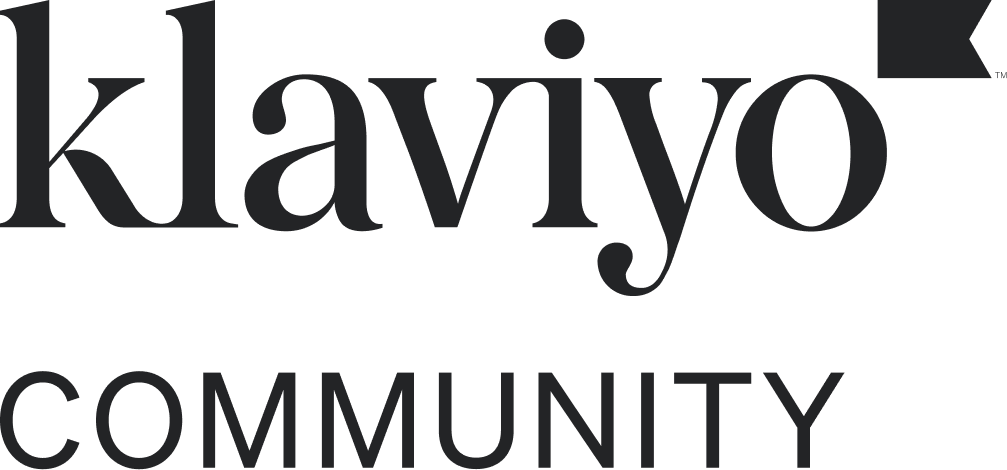I have a prospect list of 180,000. I want to create 8 unique list samples. Do list samples contain duplicates from other samples of the same list?
Sample Overlap or Unique
 +1
+1Best answer by Tom K
Here’s what I did before: I want to limit my send quantity to 25,000 batches. Of the 180,000, I created a sample of 25,000, then a sample of 50,000, then a sample of 75,000, etc. In each send I would NOT send to the orig. 25,000, then on the second send of 50,000 I would not send to the original 25,000, so on and so forth. It got to be too cumbersome.
I found another solution on the community and basically followed the directions using a Excel forumula =INT((ROW(B1)+1/25000.
My current move was to assign a “segment number” in the 180,000 (exported the list, email address only, as csv) for each 25,000 contacts (1,2,3, etc) I created a column (B) in the exported file with these numeric designators created by using the formula. I created a custom property in Klayvio called Send Group. Upon import into Klayio I mapped the Send Group column (B) into the new property. Then I created segments based on the numeric value of the property (Send Group 1, Send group 2, etc. I now have a list broken with 8+ active segments which I can then mail just to that segment. Front end work but much easier going forward.
Reply
Enter your E-mail address. We'll send you an e-mail with instructions to reset your password.




